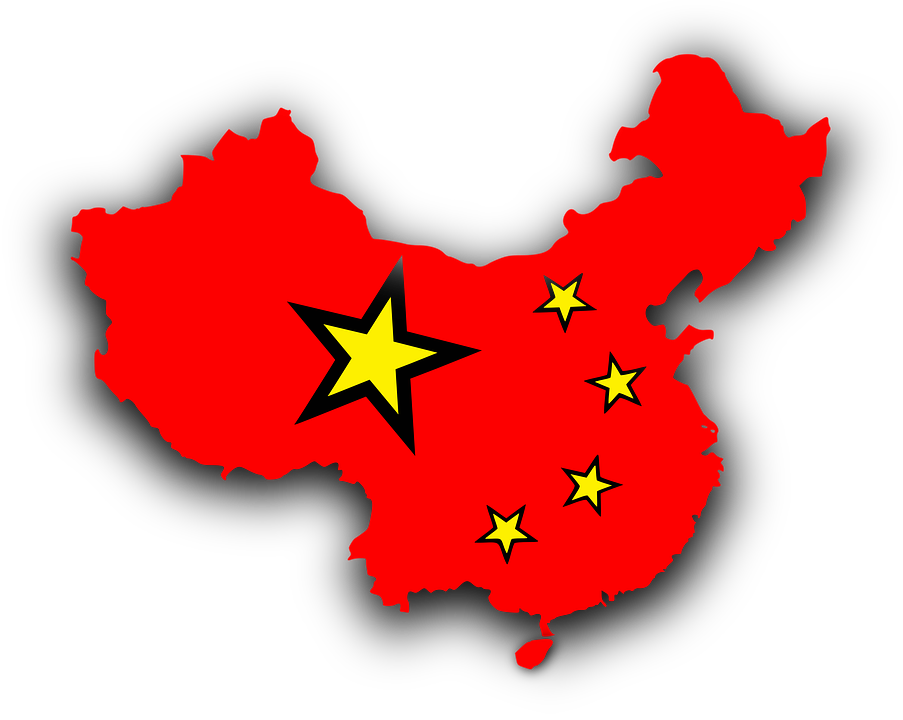
It is widely known that China has been the source of cyber attacks against public and private entities in the United States. The nature and effectiveness of these attacks are of considerable concern. According to one estimate, cyber theft by the Chinese has cost the U.S. economy more than $300 billion annually taking into account intellectual property theft. So, if you are not concerned, perhaps, you should be.
But cyber attacks are not the only Chinese conduct that is affecting the United States economy. It has been recently reported that the Chinese have initiated a campaign of U.S. trademark filings with the United States Patent and Trademark Office (“USPTO”). In 2013, for example, Chinese companies filed 4,112 trademark applications. In 2017, Chinese companies filed more than 12 times that number, 51,423 applications! . The Director of the USPTO has stated
Forecasts indicate that annual increases are expected to average 10% during the next eight years – to more than double the current level. A big driver in the increase has been the significant rise in filings from China which now represent nearly 10% of total new applications. At the end of FY 2017, filings from China had increased by nearly 1,000% from FY 2013. If these trends continue, filings from China by 2023 are expected to represent at least 32% of total U.S. trademark filings.
What explains this surge? There may be both legitimate and illegitimate reasons. First, the Chinese economy has been growing and expanding since 2013 so the increase in filings may just be representative of Chinese entrepreneurs entering the U.S. market. Second, Chinese government subsidies (PAYWALL) may be to blame. One source reports that in “a national effort to increase IP ownership China is paying companies and individuals, some of them prisoners, as much as the equivalent of $800 to register a trademark in the U.S.”. Indeed, the Wall Street Journal (PAYWALL) states that:
The Patent and Trademark Office has found numerous instances of Chinese applicants asserting that a proposed trademark is used in commerce, while submitting multiple nearly-identical images of the same consumer product with a different word on the brand tag. FORLISEA, CINYIFAAN, ENJOYSWEETY and GOOKET are some of the two dozen Chinese brands shown on an identically designed pair of zebra-print pants, for example.
We know from our own experience that Chinese companies filing so-called “intent to use” applications, choose a mark and literally list every product under the sun in the application. Often these applicants are represented by foreign “attorneys”, which in itself is not permitted under USPTO rules.
But why are they doing this? It’s hard to say, but by flooding the PTO with bogus trademark applications, they are making it more difficult for legitimate entrepreneurs to register their trademarks. It’s not uncommon to have a trademark application rejected because a Chinese company has registered the same or similar trademark for the same or a related product. This slows down the process and puts the brakes on the entrepreneurial process. The USPTO claims that a majority of the applications are legitimate but acknowledges the problem. We are waiting for action.
–Adam G. Garson, Esq.

